A pdf file with very nice pics:
History: A relic of the 60s
https://www.ultimatecarpage.com/car/704 ... 04-F1.html
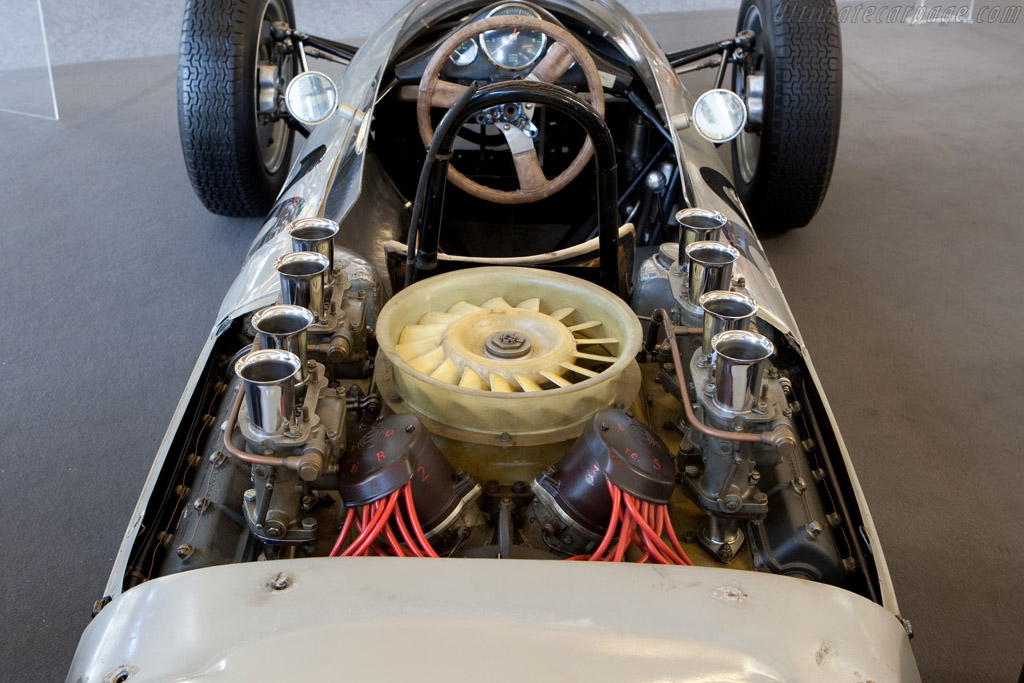
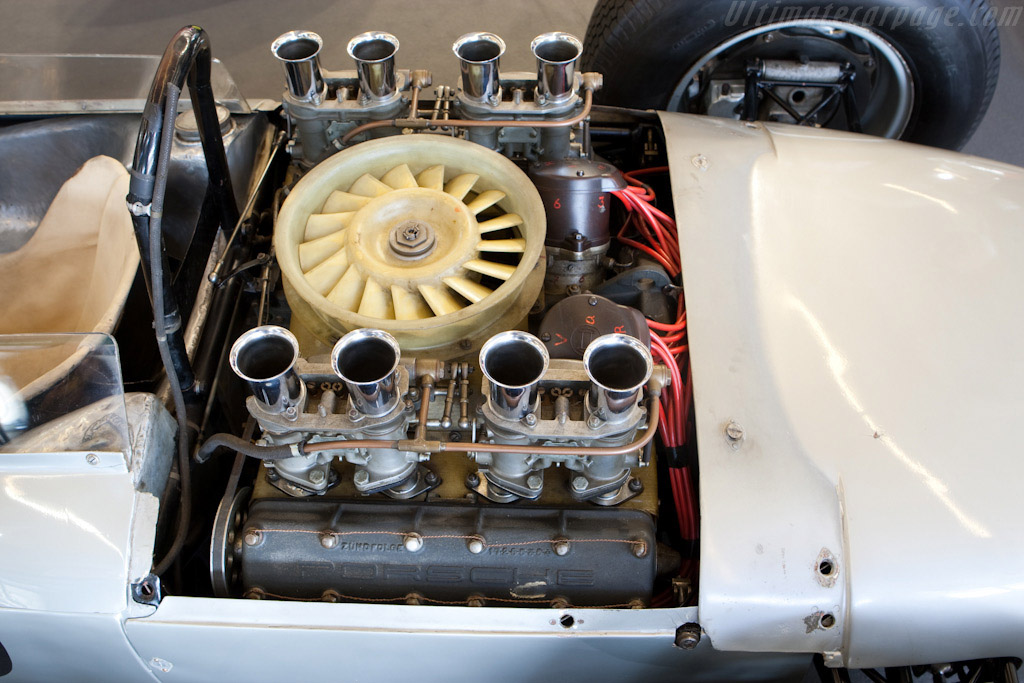
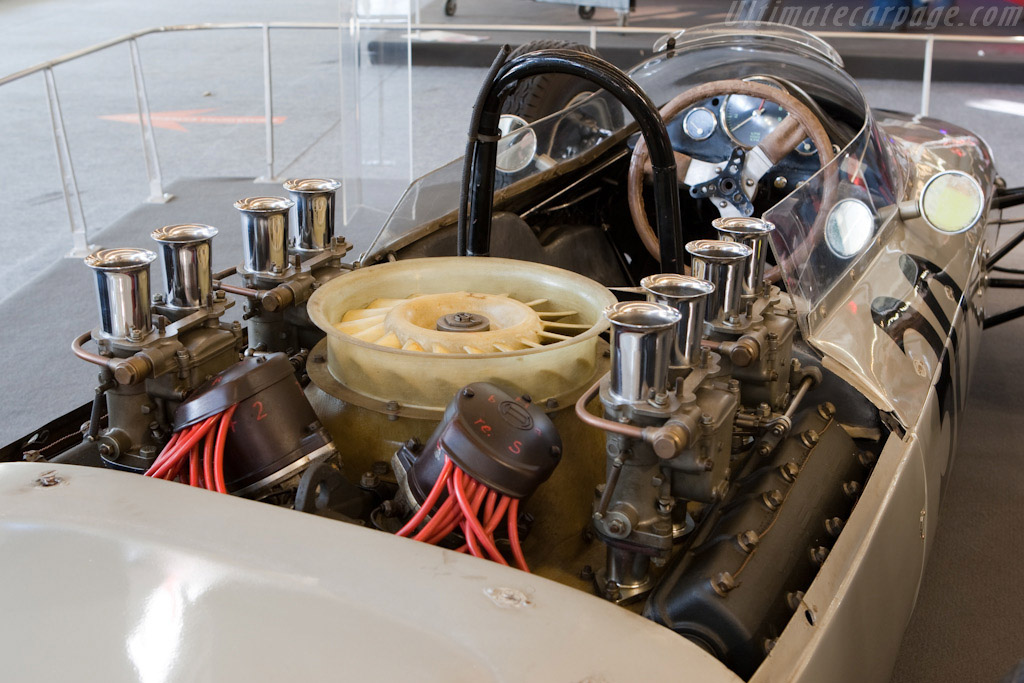
2-liter version:
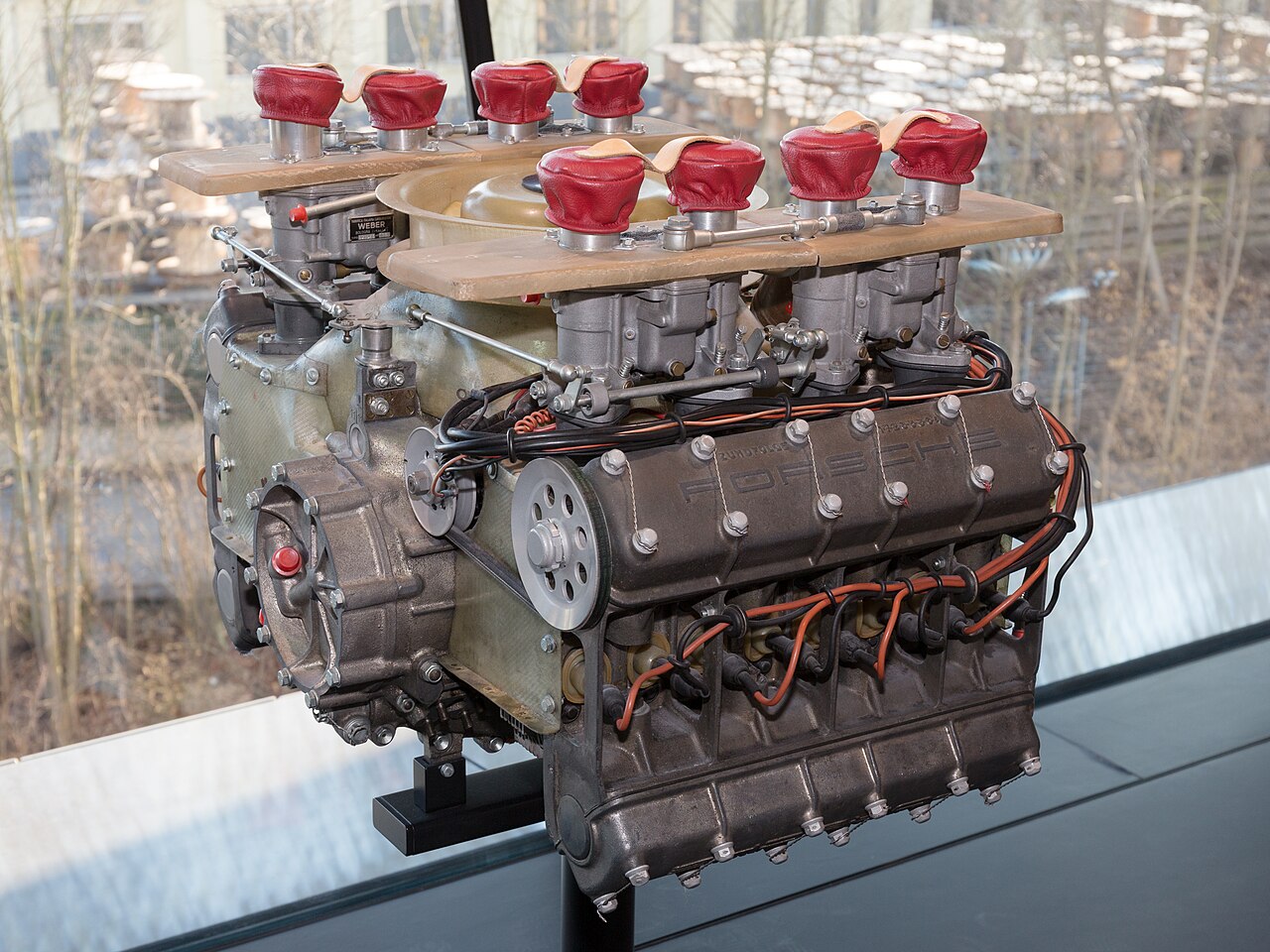
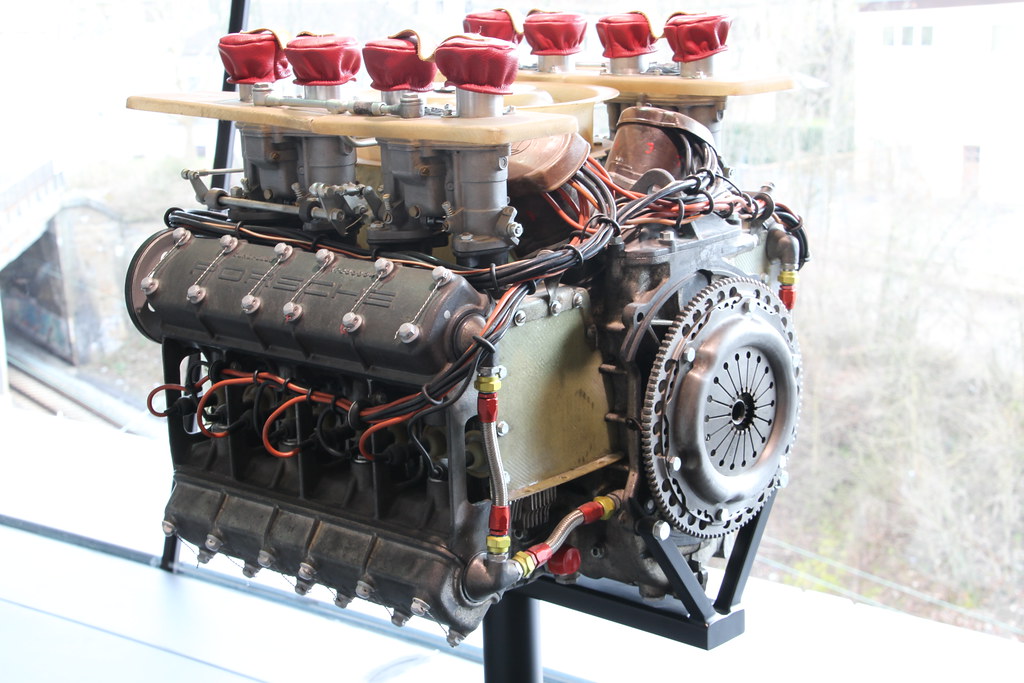
https://www.conceptcarz.com/vehicle/z98 ... e-804.aspx
https://www.motorsportmagazine.com/hist ... -1-history








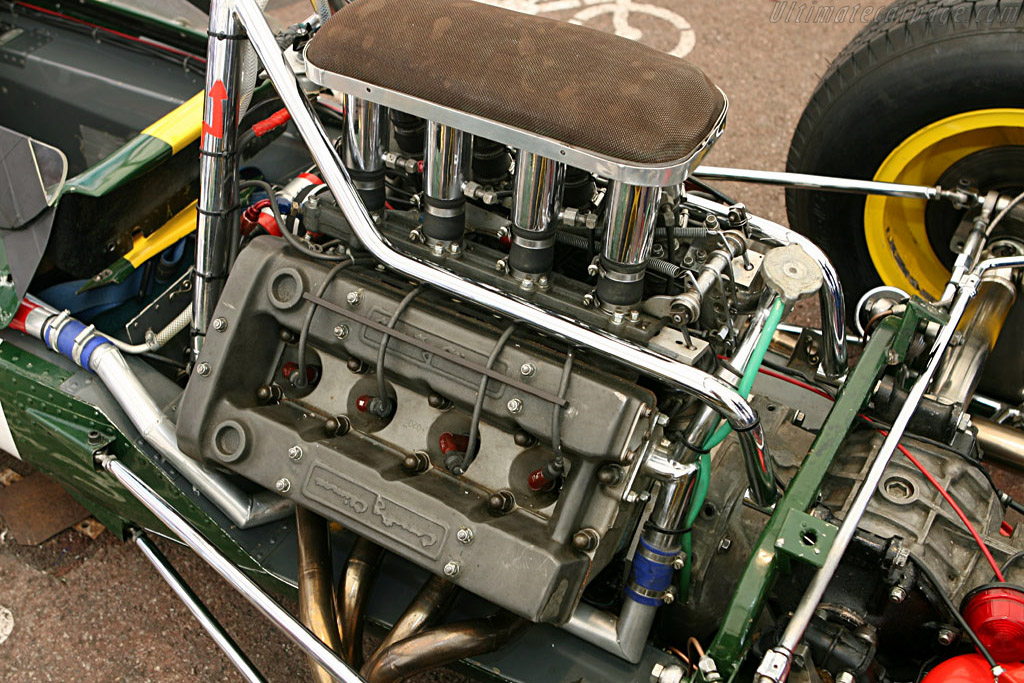
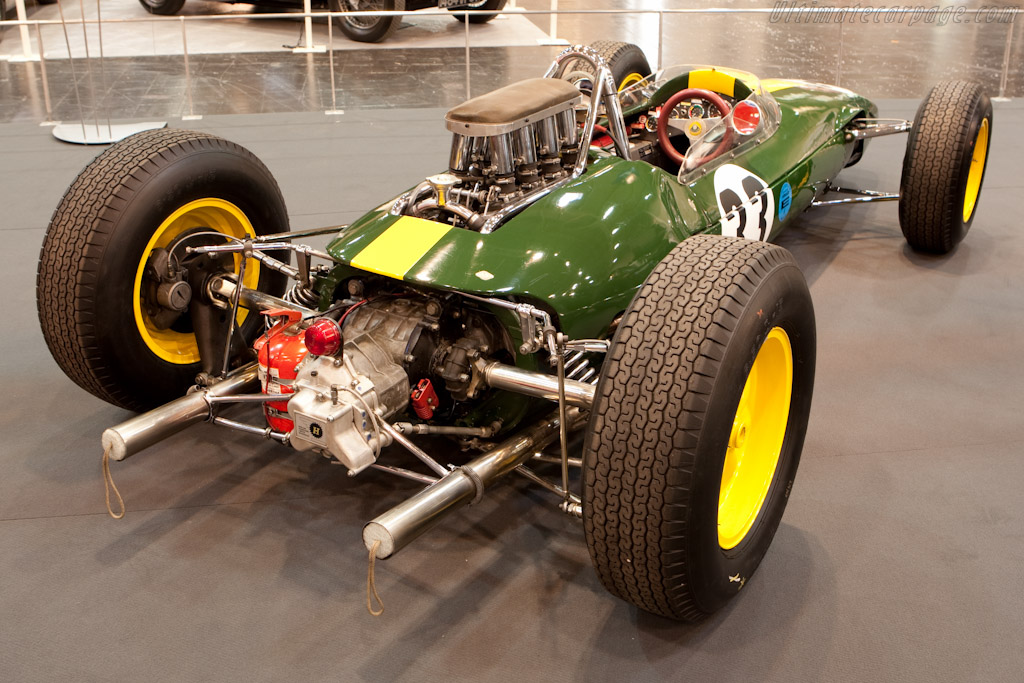
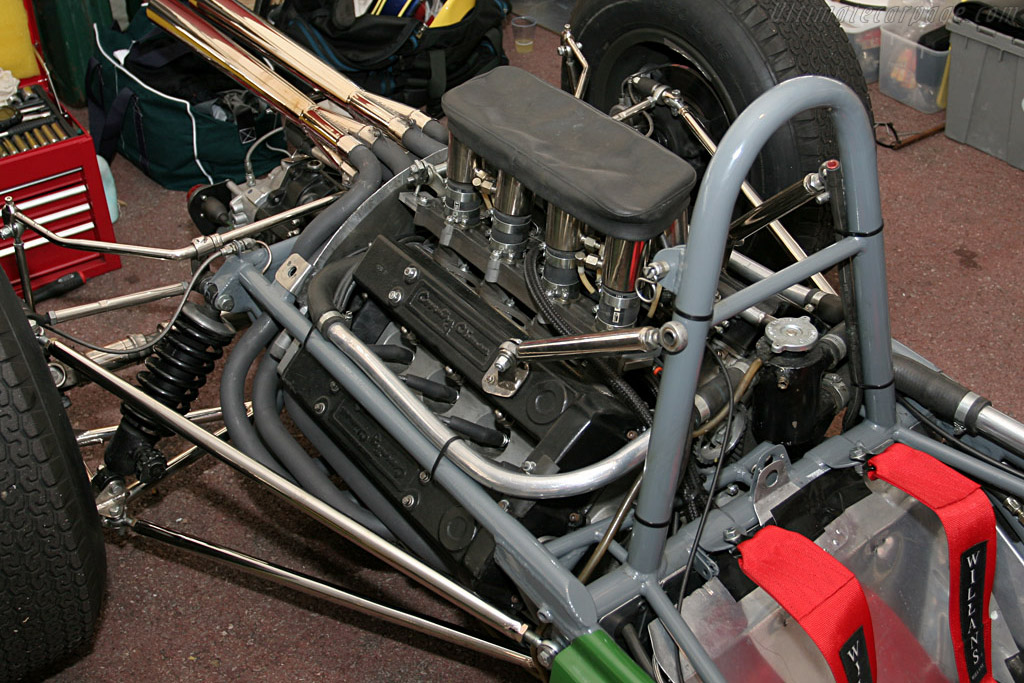

Indeed.Tommy Cookers wrote: ↑17 Mar 2019, 23:04there's some good drawings on page 12 of the grandprixengines link in hollus's post


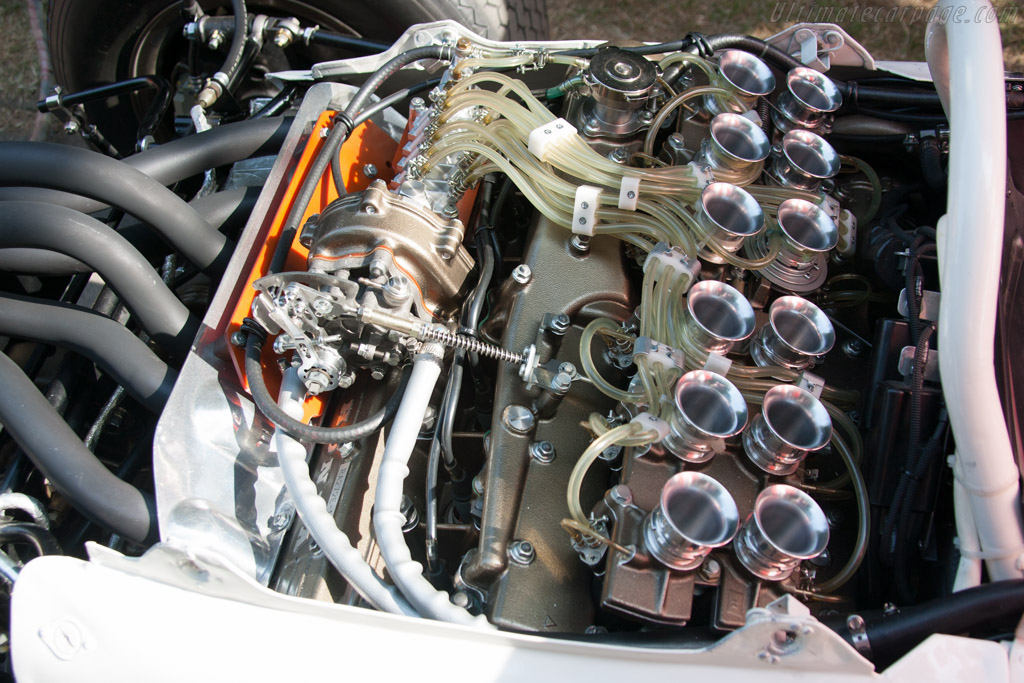
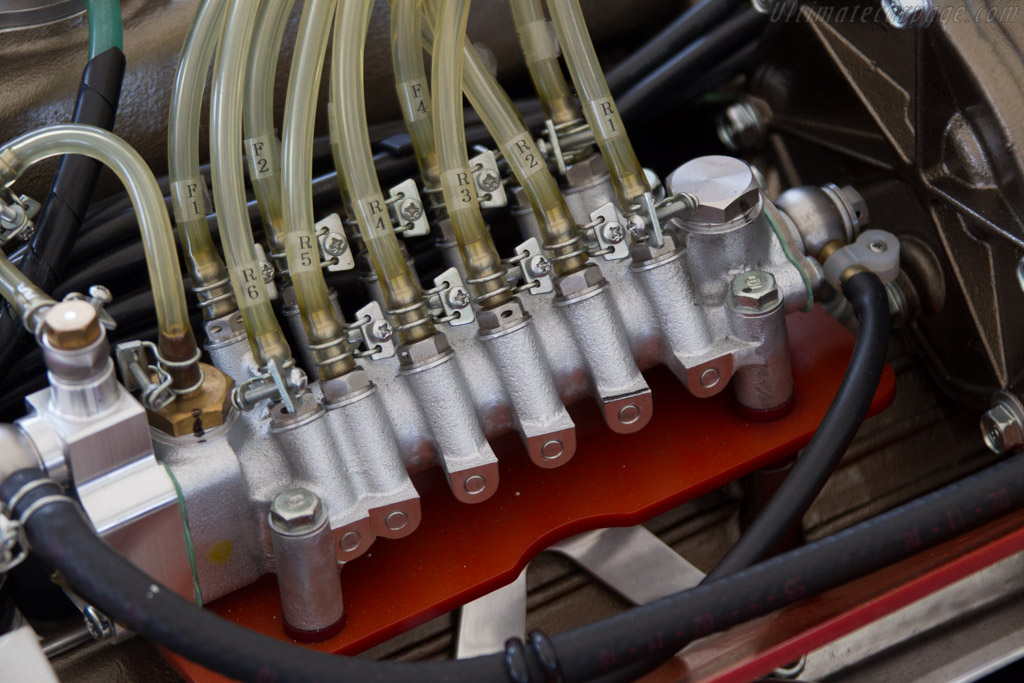

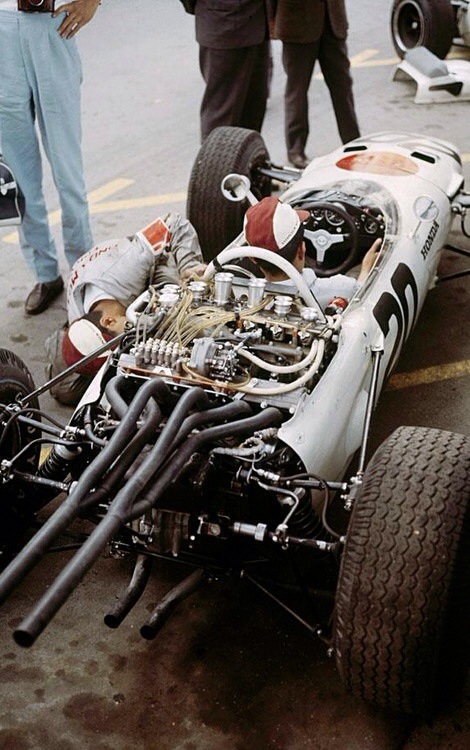


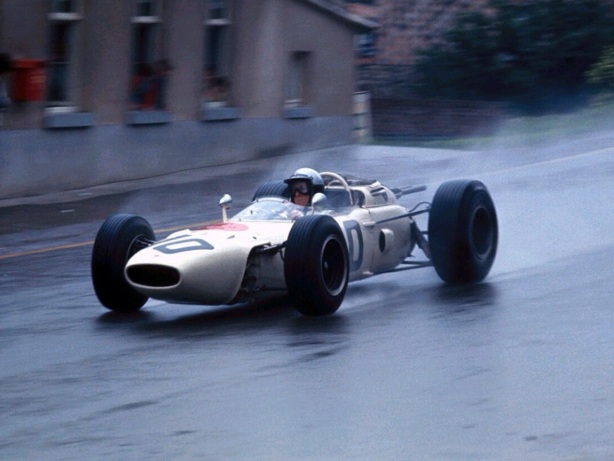
Tommy Cookers wrote: ↑08 Feb 2019, 12:38the 'Maserati' F1 tipo 8 1963 1.5 litre transverse V12 ('sold' to Honda) led to the 1964 Honda F1 V12 (and the Muira)
http://www.maserati-alfieri.co.uk/menotti12.htm
interestingly Honda visited F1 at Monza in 1961, then produced a 135 deg V8 F1 engine before their V12 above
Re 'Maserati F1 TIPO 8 sold to Honda' and also 'Honda having produced a 135 degree V8',Tommy Cookers wrote: ↑21 Mar 2019, 12:59Tommy Cookers wrote: ↑08 Feb 2019, 12:38the 'Maserati' F1 tipo 8 1963 1.5 litre transverse V12 ('sold' to Honda) led to the 1964 Honda F1 V12 (and the Muira)
http://www.maserati-alfieri.co.uk/menotti12.htm
interestingly Honda visited F1 at Monza in 1961, then produced a 135 deg V8 F1 engine before their V12 above
I didn't write that Maserati sold the tipo 8 to HondaTommy Cookers wrote: ↑13 Feb 2019, 22:53this book re the Honda 135 V8
1 1/2 litre Grand Prix racing 'Low power High Tech' by Mark Whitelock
The book (by Mark Whitelock) re Honda 135 degree V8 must be the only place that such a Honda engine is quoted at, as otherwise it is untraceable anywhere else.Tommy Cookers wrote: ↑22 Mar 2019, 13:25I didn't write that Maserati sold the tipo 8 to HondaTommy Cookers wrote: ↑13 Feb 2019, 22:53this book re the Honda 135 V8
1 1/2 litre 5 degree v8 Grand Prix racing 'Low power High Tech' by Mark Whitelock
I wrote that Maserati (ie the person) 'sold' it ie that Honda was at least made aware of the concept
as were others eg Lamborghini for the Miura
my guess in that entirely usual event - a presentation as 'consultant'
there was a thread here 5 or 6 years ago wherein one poster seemed to have some detail of this